Home>Gardening & Outdoor>Landscaping Ideas>How Tall Does Orchard Grass Grow
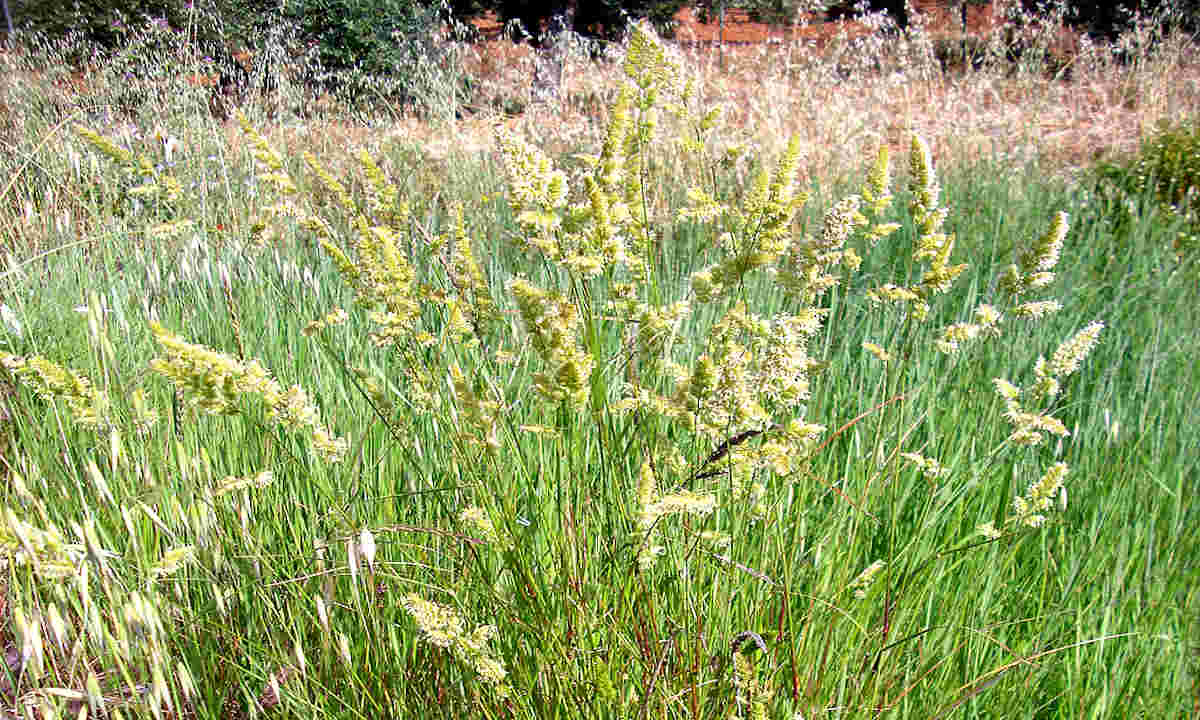

Landscaping Ideas
How Tall Does Orchard Grass Grow
Published: January 27, 2024
Discover landscaping ideas with information on how tall orchard grass grows. Enhance your outdoor space with our expert tips and advice.
(Many of the links in this article redirect to a specific reviewed product. Your purchase of these products through affiliate links helps to generate commission for Storables.com, at no extra cost. Learn more)
Introduction
Welcome to the wonderful world of orchard grass! If you're a landscaping enthusiast or a nature lover, you'll find the characteristics and growth patterns of orchard grass truly fascinating. Orchard grass, scientifically known as Dactylis glomerata, is a cool-season perennial bunchgrass that is valued for its versatility and adaptability in various landscapes and ecosystems. This resilient grass species offers an array of benefits, making it a popular choice for homeowners, landscapers, and agriculturalists alike.
Orchard grass is celebrated for its lush, dense growth and its ability to thrive in diverse environments, from pastures and meadows to lawns and gardens. Its distinctive features and impressive growth potential make it a captivating subject for anyone with an interest in landscaping and horticulture.
Throughout this article, we will delve into the characteristics and optimal growing conditions of orchard grass, explore its ideal height, examine the factors influencing its growth, and discuss the essential management practices required to nurture and maintain this vibrant grass species. By the end of this journey, you will gain a profound understanding of orchard grass and its role in creating beautiful, sustainable landscapes. So, let's embark on this enriching exploration of the captivating world of orchard grass!
Key Takeaways:
- Orchard grass grows best in cool, temperate climates with well-drained soil and 6-8 hours of sunlight. It can reach 2.5-4 feet in height and is resilient to grazing and mowing.
- Factors like temperature, moisture, soil fertility, and management practices influence orchard grass growth. Effective maintenance, including mowing, grazing management, and weed control, ensures vibrant, sustainable landscapes.
Read more: How To Grow Orchard Grass
Characteristics of Orchard Grass
Orchard grass, characterized by its vibrant green hue and robust growth, possesses a myriad of features that contribute to its desirability in landscaping and agricultural settings. Its long, narrow leaves form dense, luxuriant clumps that sway gracefully in the breeze, creating a picturesque scene in any landscape. The visual appeal of orchard grass is further enhanced by its upright growth habit, which imparts a sense of elegance and vitality to the surroundings.
One of the most notable characteristics of orchard grass is its rapid growth rate, particularly during the cool seasons. This vigorous growth enables it to establish itself quickly, making it an excellent choice for stabilizing soil and preventing erosion in various terrains. Additionally, its extensive root system contributes to soil aeration and stability, further enhancing its ecological value.
Orchard grass is also renowned for its adaptability to a wide range of soil types, including loamy, sandy, and clay soils, making it a versatile option for diverse landscaping projects. Its tolerance to moderate shade, coupled with its preference for well-drained soils, renders it suitable for both sunny open spaces and partially shaded areas, adding to its appeal as a landscaping staple.
Furthermore, orchard grass exhibits exceptional resilience in the face of grazing and mowing, making it an ideal choice for pastures and lawns. Its ability to recover swiftly from disturbances ensures that it maintains its lush appearance and provides reliable forage for grazing animals.
With its rich green color, rapid growth, adaptability to various soil types, and resilience to grazing and mowing, orchard grass stands as a testament to nature’s beauty and resilience. These characteristics underscore its significance in landscaping, agriculture, and ecological restoration, cementing its status as a beloved and indispensable grass species.
Ideal Growing Conditions
Orchard grass flourishes when provided with the optimal growing conditions, allowing it to showcase its full potential and contribute to the beauty and functionality of the landscape. To ensure the successful cultivation of orchard grass, it is essential to consider several key factors that influence its growth and development.
First and foremost, orchard grass thrives in regions with cool, temperate climates, making it well-suited for growth in northern and central regions of the United States. It exhibits robust growth during the cool seasons, particularly in spring and fall, when temperatures range from 60 to 75 degrees Fahrenheit, providing the ideal conditions for its rapid and vigorous development.
Well-drained soil is another critical component of the ideal growing conditions for orchard grass. While it exhibits adaptability to various soil types, including loamy, sandy, and clay soils, it thrives best in soils with good drainage. This ensures that the roots are not waterlogged, promoting healthy growth and preventing the onset of root diseases.
Additionally, orchard grass benefits from exposure to sunlight, ideally receiving at least 6 to 8 hours of direct sunlight daily. This allows for robust photosynthesis, enabling the grass to produce ample energy for growth and sustenance. While it can tolerate moderate shade, providing it with adequate sunlight fosters optimal growth and lush, vibrant foliage.
Furthermore, maintaining an appropriate soil pH level is crucial for the successful cultivation of orchard grass. A slightly acidic to neutral pH range of 6.0 to 7.0 is conducive to its growth, ensuring that the soil provides essential nutrients and minerals for the grass to thrive. Regular soil testing and appropriate amendments can help maintain the pH within the desired range, creating an ideal environment for orchard grass to flourish.
By understanding and providing the ideal growing conditions, including cool temperatures, well-drained soil, adequate sunlight, and optimal soil pH, landscapers and homeowners can create an environment that nurtures the robust growth and lush foliage of orchard grass. These considerations are instrumental in fostering the health and vibrancy of this versatile grass species, allowing it to fulfill its role as a cornerstone of captivating and sustainable landscapes.
Optimal Height of Orchard Grass
The optimal height of orchard grass plays a pivotal role in determining its visual appeal, functionality, and suitability for various landscaping and agricultural purposes. Understanding and managing the height of orchard grass is essential for maximizing its aesthetic and practical benefits, ensuring that it thrives in its intended environment.
Typically, orchard grass attains an optimal height ranging from 2.5 to 4 feet when left unmanaged, showcasing its characteristic tall and graceful appearance. This height range allows it to create a lush, verdant backdrop in meadows, pastures, and open landscapes, adding a touch of natural elegance to the surroundings. The tall stature of orchard grass contributes to its visual impact, making it an appealing choice for landscaping projects that aim to incorporate a sense of height and volume.
For agricultural applications, such as forage production and grazing, the optimal height of orchard grass is often maintained between 3 to 4 inches through regular mowing or grazing management. This height range ensures that the grass remains at an ideal length for grazing animals, providing nutritious and palatable forage while allowing for regrowth and sustainability. By maintaining orchard grass at this height, farmers and ranchers can optimize forage quality and quantity, supporting the health and productivity of their livestock.
In addition to its visual and agricultural benefits, the optimal height of orchard grass also contributes to its ecological functionality. When allowed to reach its natural height, orchard grass serves as a valuable habitat and food source for diverse wildlife, including insects, birds, and small mammals. Its tall, dense growth provides shelter and nesting sites, fostering biodiversity and ecological balance within the landscape.
By understanding the optimal height of orchard grass and implementing appropriate management practices, landscapers, farmers, and conservationists can harness its full potential for enhancing landscapes, supporting livestock, and promoting ecological diversity. Whether it graces open fields with its tall, swaying blades or provides nourishing forage for grazing animals, orchard grass stands as a testament to the beauty, functionality, and ecological significance of native grass species.
Orchard grass can grow up to 2-4 feet tall, but it can reach up to 5 feet in ideal conditions. It’s important to mow or graze it before it gets too tall to maintain its quality for forage.
Factors Affecting Growth
The growth of orchard grass is influenced by a myriad of factors, encompassing environmental conditions, soil characteristics, and management practices. Understanding these factors is essential for nurturing the robust development and vitality of orchard grass, ensuring that it thrives in diverse landscapes and fulfills its ecological and agricultural roles.
One of the primary factors affecting the growth of orchard grass is temperature. As a cool-season grass, orchard grass exhibits vigorous growth during the cooler months, with optimal growth occurring when temperatures range between 60 to 75 degrees Fahrenheit. These moderate temperatures promote active photosynthesis, enabling the grass to produce and store energy for sustained growth and vitality.
Moisture availability also significantly impacts the growth of orchard grass. Adequate soil moisture is essential for supporting healthy root development and sustaining lush foliage. While orchard grass exhibits tolerance to drought conditions, consistent moisture levels contribute to its vigor and resilience, particularly during the critical stages of germination, establishment, and regrowth.
Soil fertility and nutrient availability play a crucial role in determining the growth and productivity of orchard grass. A well-balanced soil fertility, characterized by appropriate levels of nitrogen, phosphorus, potassium, and essential micronutrients, provides the necessary resources for robust growth, vibrant foliage, and efficient utilization of water and sunlight. Regular soil testing and targeted fertilization practices can help maintain optimal soil fertility, supporting the health and vigor of orchard grass.
Furthermore, the management practices employed, such as mowing, grazing, and weed control, significantly influence the growth and density of orchard grass. Proper mowing height and frequency, strategic grazing management, and effective weed suppression contribute to the maintenance of an optimal growth environment for orchard grass, allowing it to thrive and fulfill its intended purpose in the landscape.
By recognizing and addressing the various factors that affect the growth of orchard grass, landscapers, agriculturalists, and land stewards can create an environment that fosters its vitality and resilience. By optimizing temperature, moisture, soil fertility, and management practices, they can harness the full potential of orchard grass, transforming landscapes and supporting sustainable ecosystems.
Read more: How Tall Does Wheat Grass Grow
Management and Maintenance
Effective management and maintenance practices are essential for nurturing the health, vigor, and aesthetic appeal of orchard grass, ensuring that it thrives in diverse landscapes and fulfills its ecological and agricultural roles. By implementing targeted strategies for care and upkeep, landscapers, farmers, and homeowners can harness the full potential of orchard grass, creating vibrant, sustainable landscapes.
Regular mowing is a fundamental component of orchard grass maintenance, allowing for the control of height and density while promoting vigorous regrowth. Mowing at the appropriate height, typically ranging from 3 to 4 inches, helps maintain the optimal growth habit of orchard grass, supporting its resilience and visual appeal. Additionally, strategic mowing practices contribute to the suppression of competing weeds and the encouragement of dense, lush foliage.
For agricultural applications, such as forage production, strategic grazing management is instrumental in maintaining the health and productivity of orchard grass. Rotational grazing, which involves systematically moving livestock through designated grazing areas, allows forage plants to recover and regrow, ensuring sustainable forage production and supporting the long-term health of the pasture ecosystem.
Soil fertility management is paramount for sustaining the vigor and productivity of orchard grass. Regular soil testing and targeted fertilization practices enable the maintenance of optimal nutrient levels, ensuring that the grass has access to essential elements for robust growth and vitality. By addressing nutrient deficiencies and imbalances, land managers can promote the health and resilience of orchard grass, contributing to the overall sustainability of the landscape.
Furthermore, weed control measures are crucial for preserving the integrity and functionality of orchard grass stands. Implementing integrated weed management practices, including mechanical control, herbicide applications, and promoting competitive plant species, helps minimize weed competition and supports the dominance of orchard grass, fostering its lush growth and ecological contributions.
By integrating effective management and maintenance practices, landscapers, farmers, and land stewards can uphold the health and vibrancy of orchard grass, creating resilient, functional landscapes that embody the beauty and sustainability of native grass species. With strategic mowing, grazing management, soil fertility maintenance, and weed control, they can cultivate thriving orchard grass stands that enrich the environment and contribute to the vitality of the landscape.
Conclusion
Orchard grass, with its lush foliage, rapid growth, and ecological resilience, stands as a testament to the beauty and functionality of native grass species in landscaping, agriculture, and ecological restoration. Its vibrant green hue and graceful growth habit contribute to the visual appeal of meadows, pastures, and open landscapes, enriching the natural tapestry of the environment.
Throughout this exploration, we have delved into the captivating characteristics of orchard grass, unveiling its adaptability to diverse soil types, its resilience to grazing and mowing, and its significance as a habitat and food source for wildlife. We have also uncovered the ideal growing conditions for orchard grass, emphasizing the importance of cool temperatures, well-drained soil, adequate sunlight, and optimal soil pH in fostering its robust growth and vitality.
Understanding the optimal height of orchard grass has shed light on its visual impact, agricultural value, and ecological functionality, highlighting its role as a versatile and indispensable grass species. We have also examined the factors that influence its growth, encompassing temperature, moisture, soil fertility, and management practices, underscoring the interconnected elements that shape its health and vigor.
Effective management and maintenance practices have emerged as essential components in nurturing the health and vibrancy of orchard grass, encompassing strategic mowing, grazing management, soil fertility maintenance, and weed control. By implementing these targeted strategies, landscapers, farmers, and land stewards can create resilient, sustainable landscapes that showcase the beauty and functionality of orchard grass.
In conclusion, orchard grass stands as a symbol of nature’s resilience, beauty, and ecological significance, enriching landscapes and ecosystems with its vibrant presence. By embracing its unique characteristics, understanding its optimal growing conditions, and implementing effective management practices, we can celebrate the enduring allure and practical value of orchard grass, ensuring that it continues to thrive and inspire in the ever-changing tapestry of the natural world.
Frequently Asked Questions about How Tall Does Orchard Grass Grow
Was this page helpful?
At Storables.com, we guarantee accurate and reliable information. Our content, validated by Expert Board Contributors, is crafted following stringent Editorial Policies. We're committed to providing you with well-researched, expert-backed insights for all your informational needs.
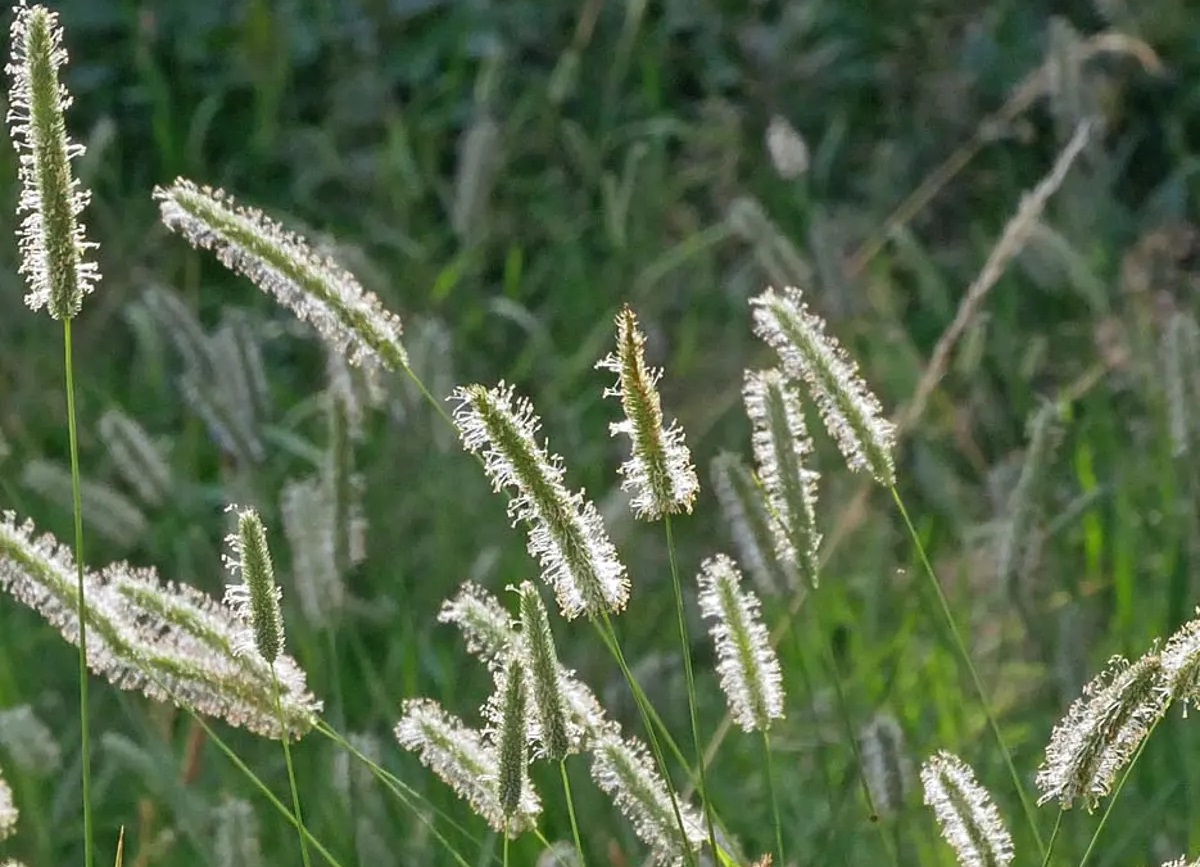
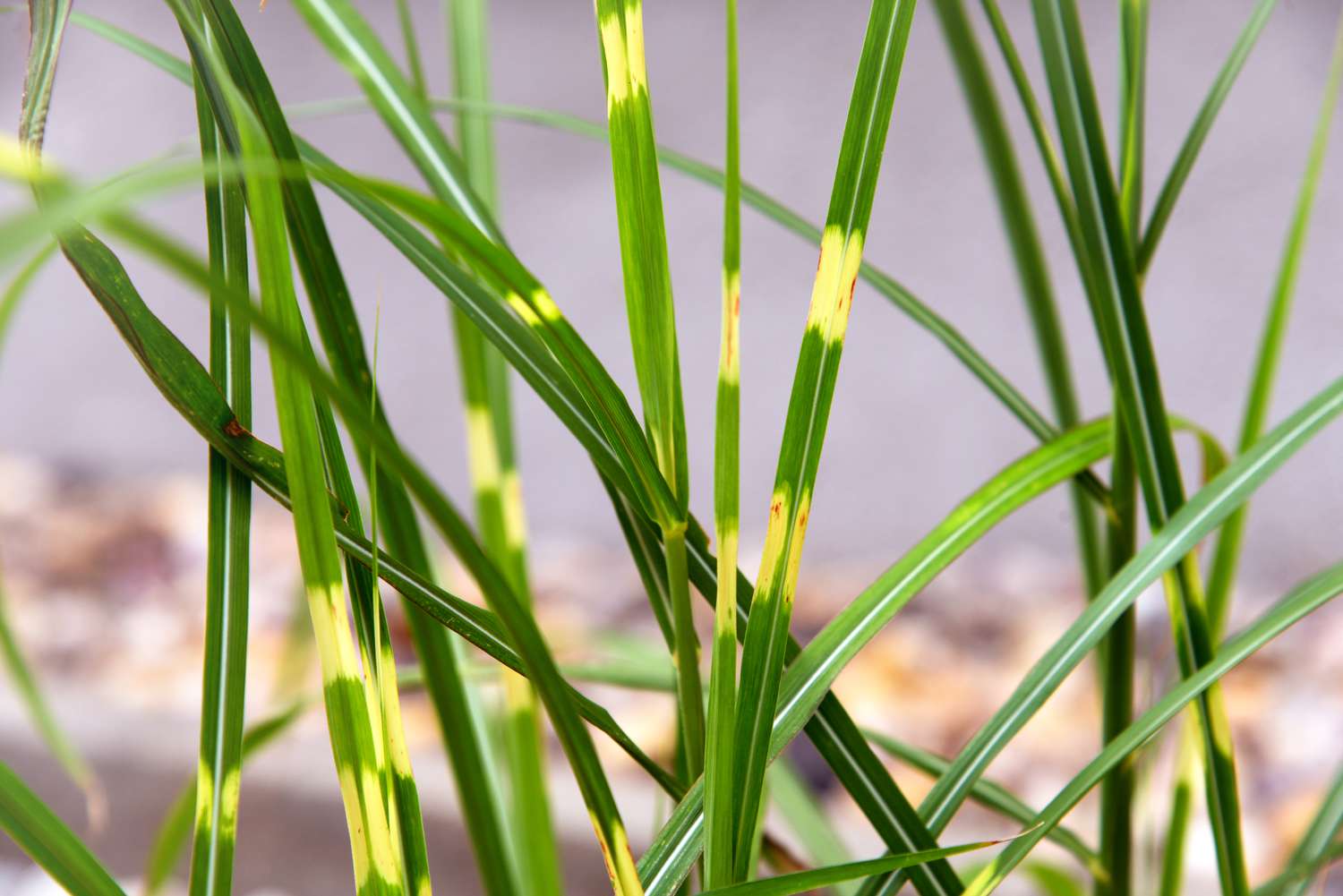
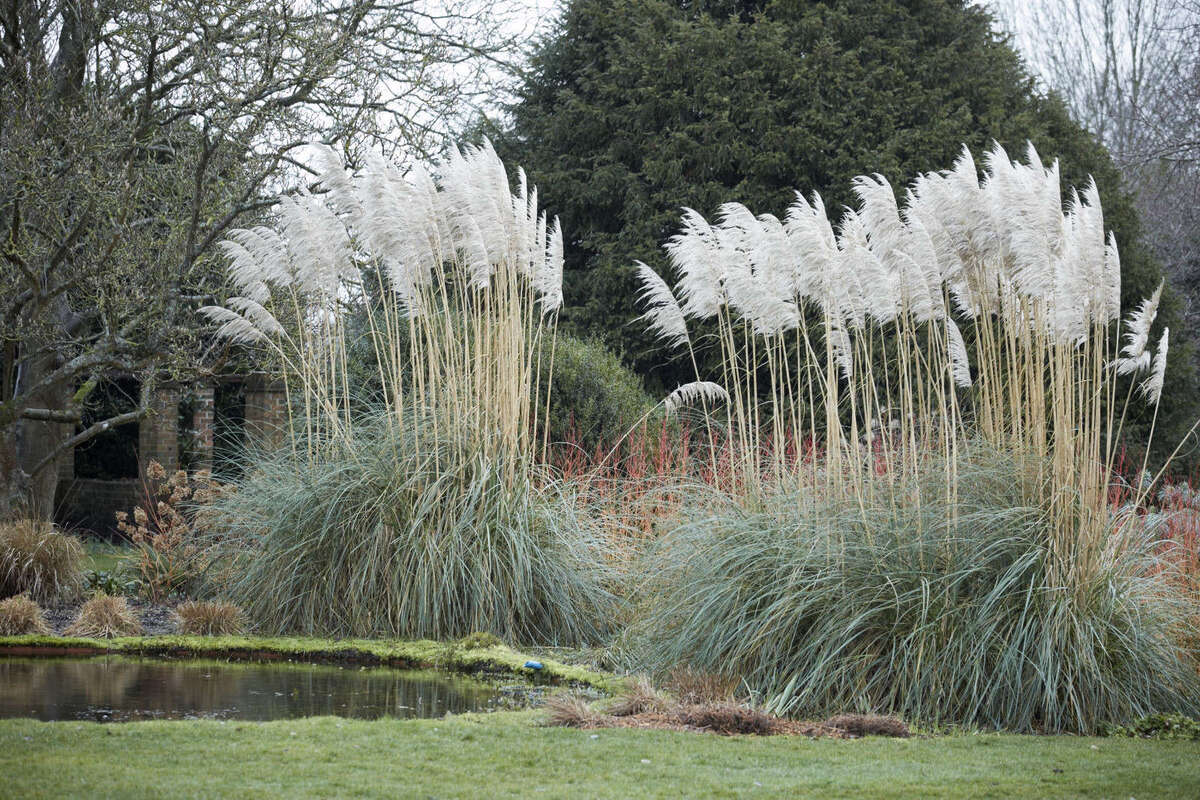
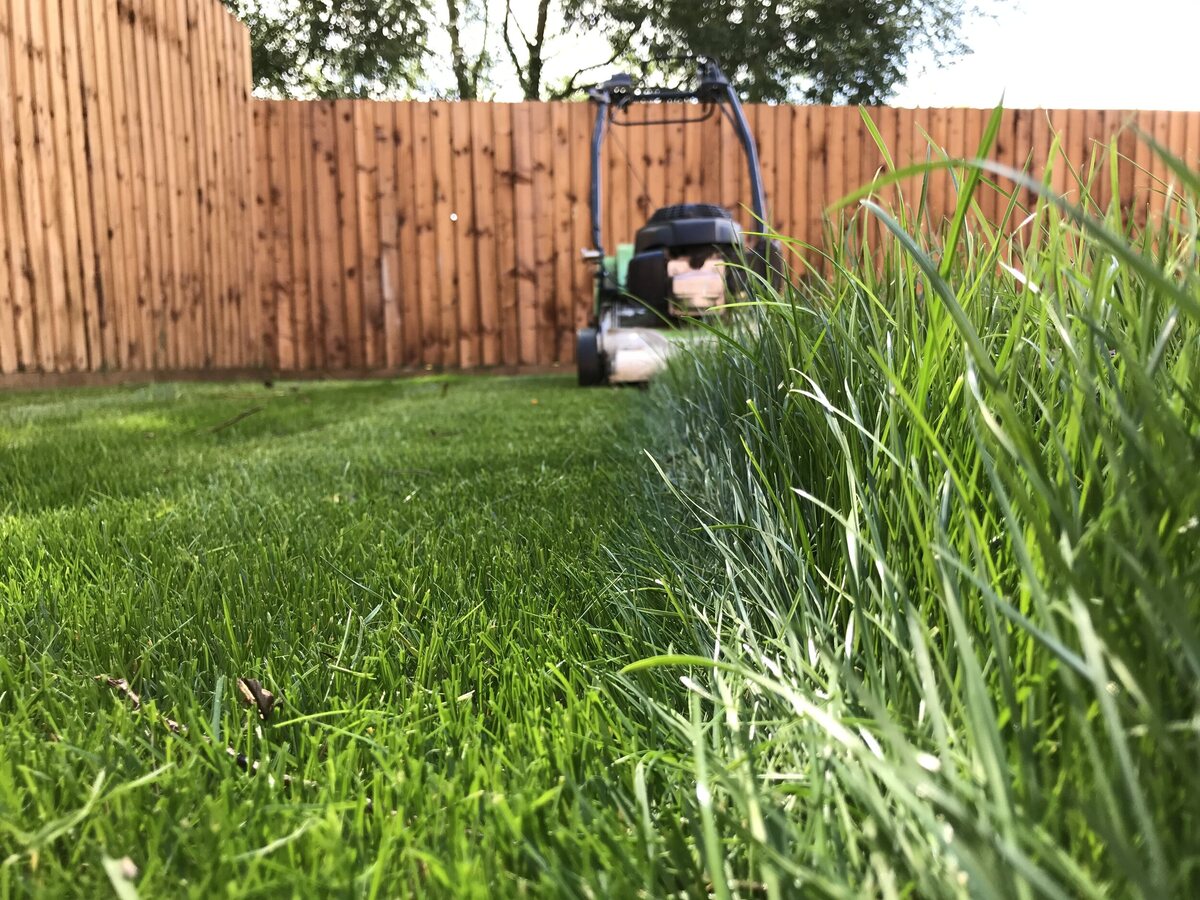
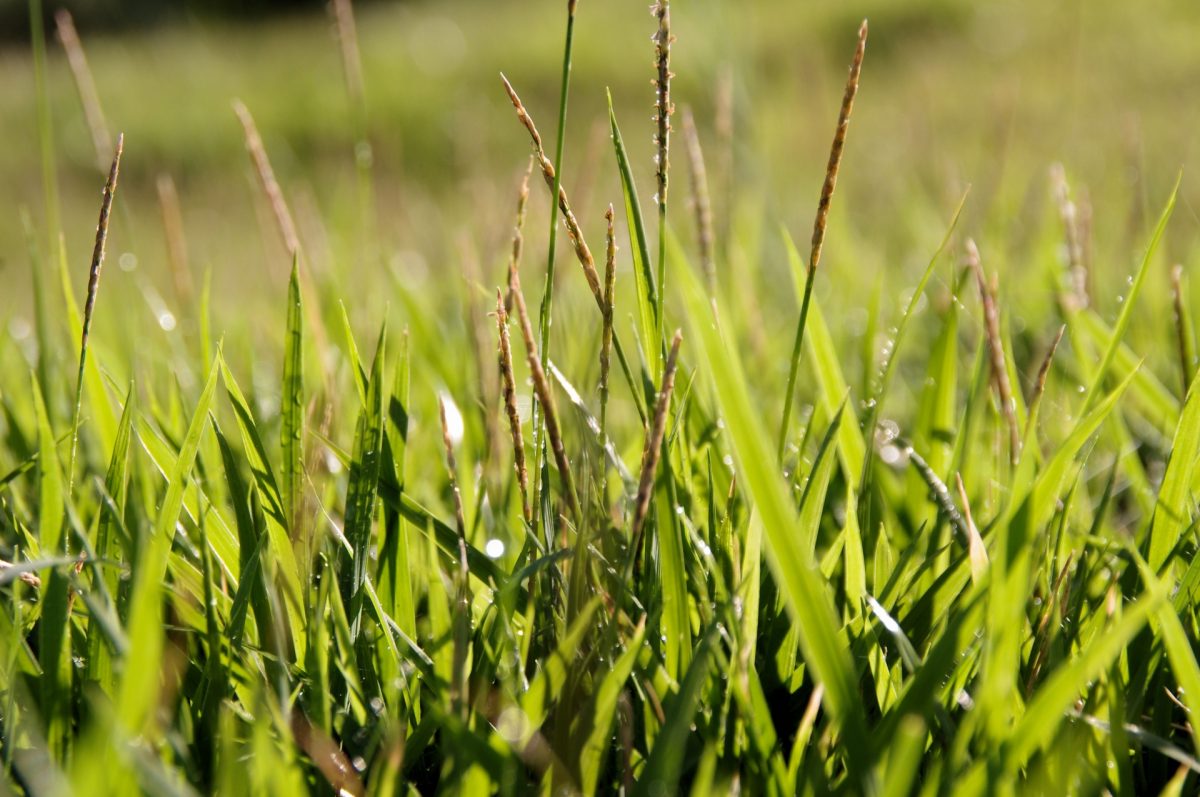
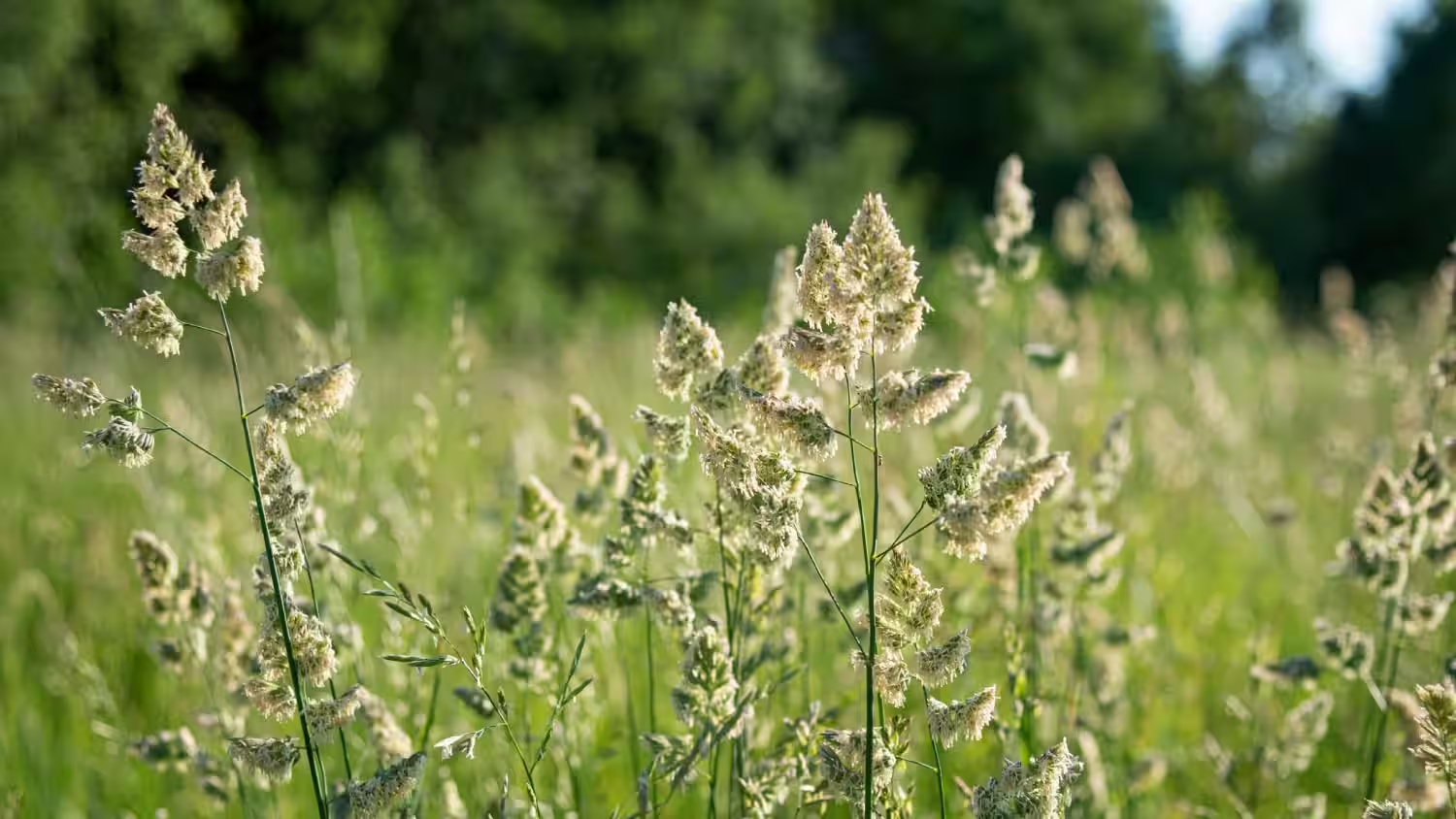
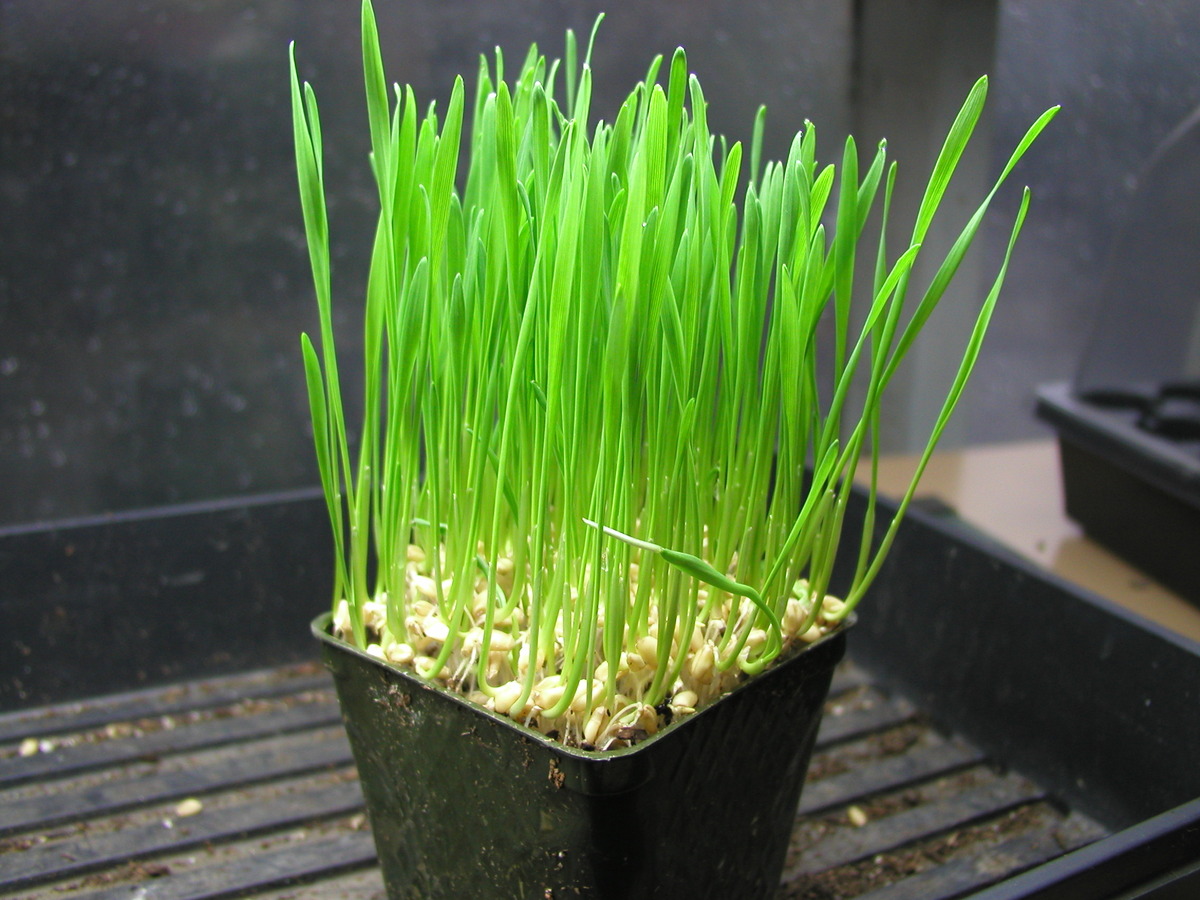
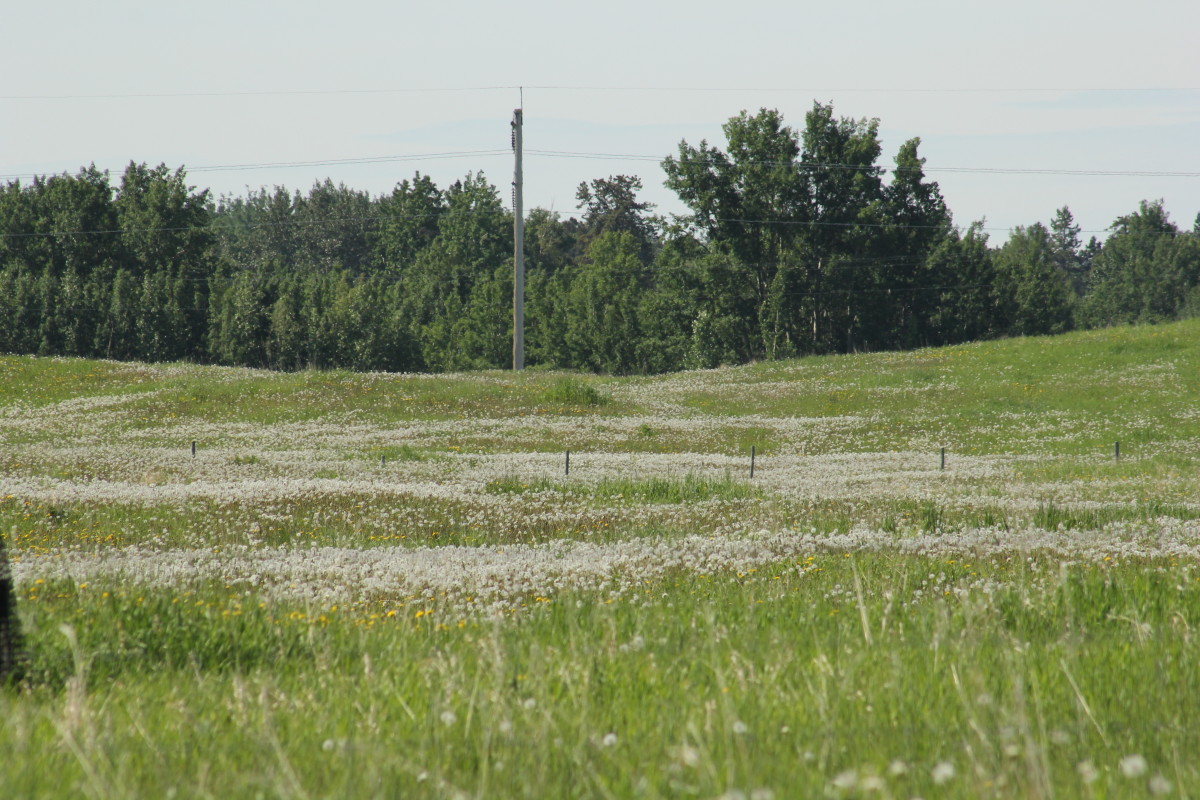
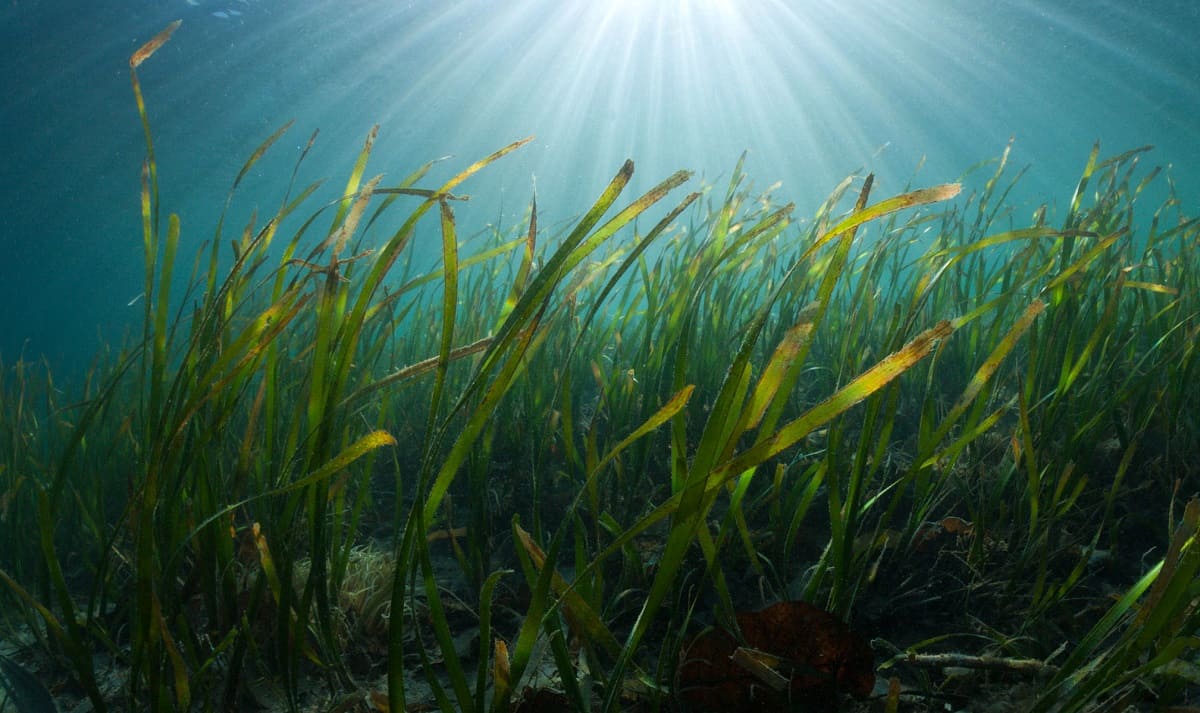
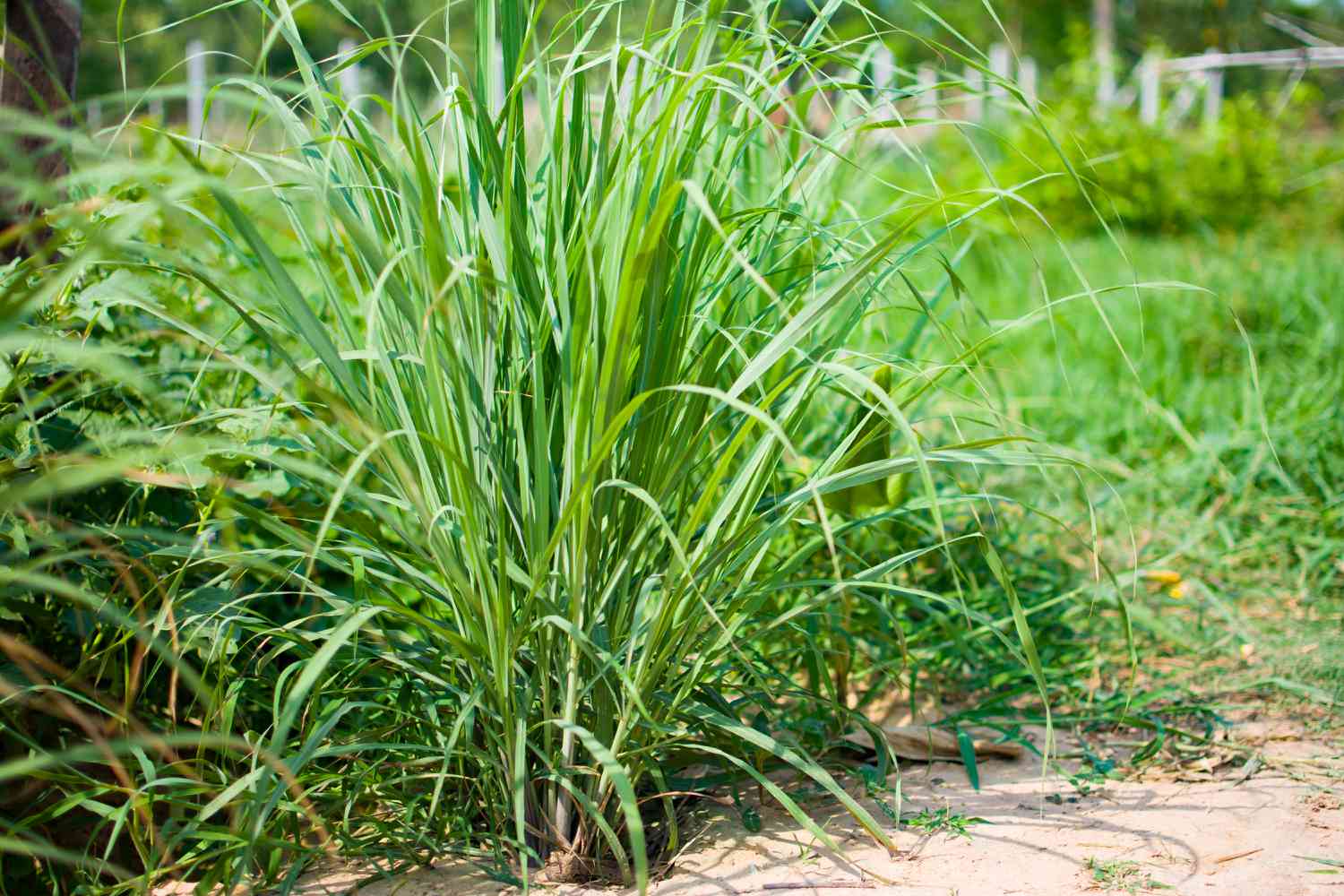
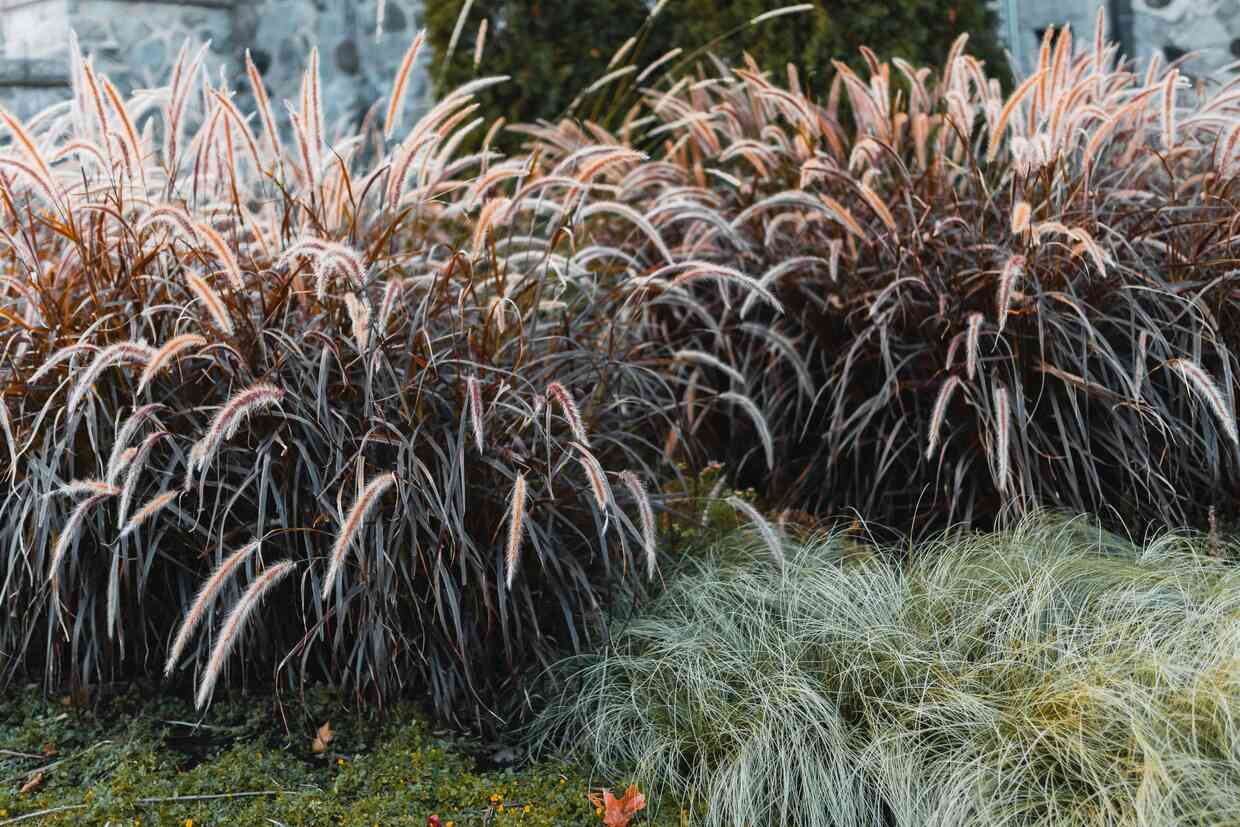
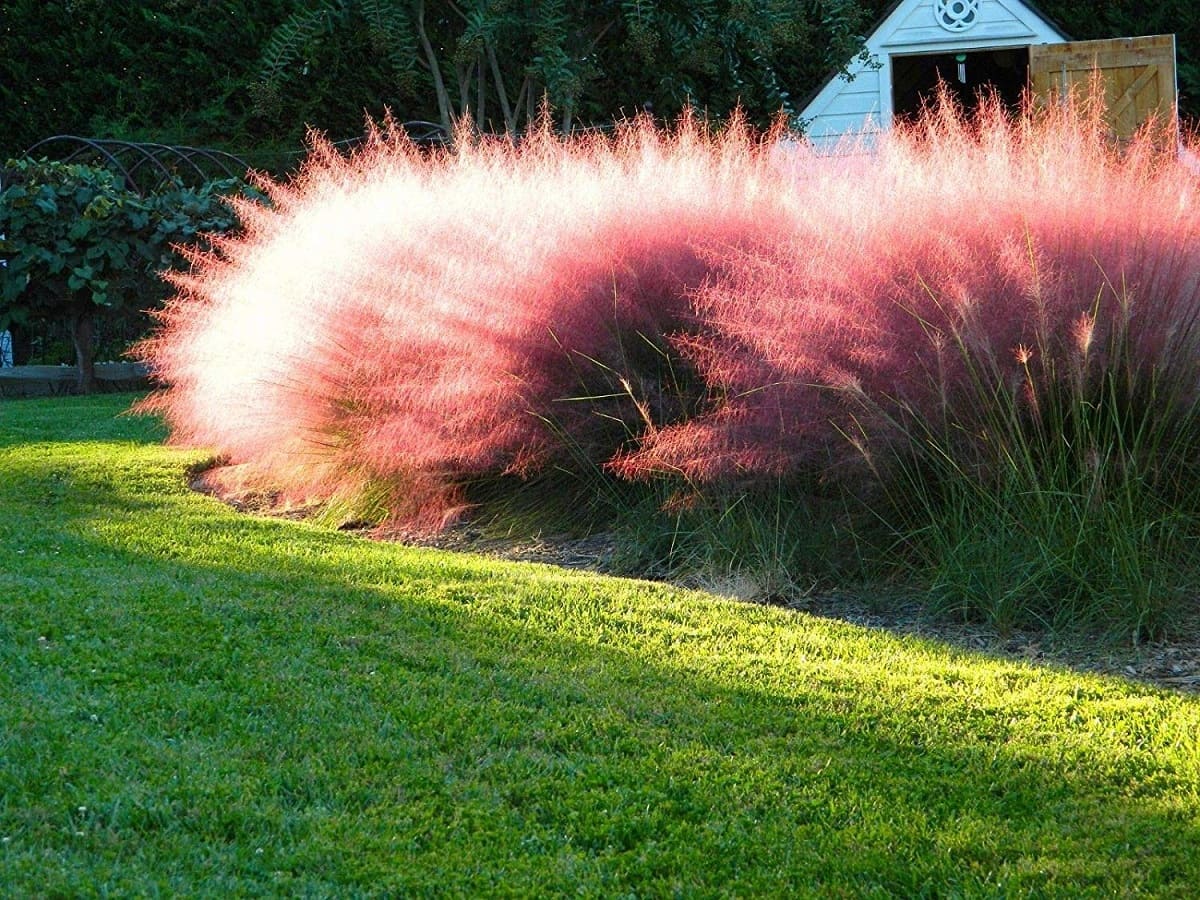
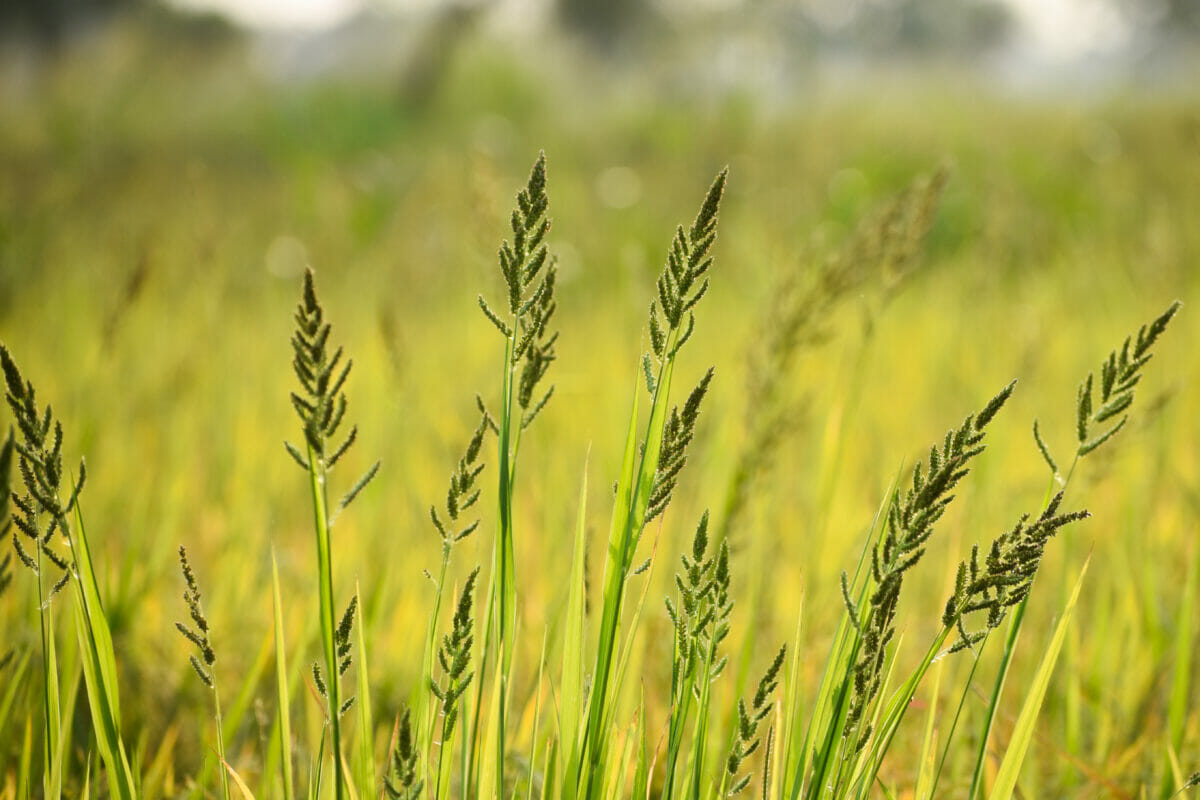
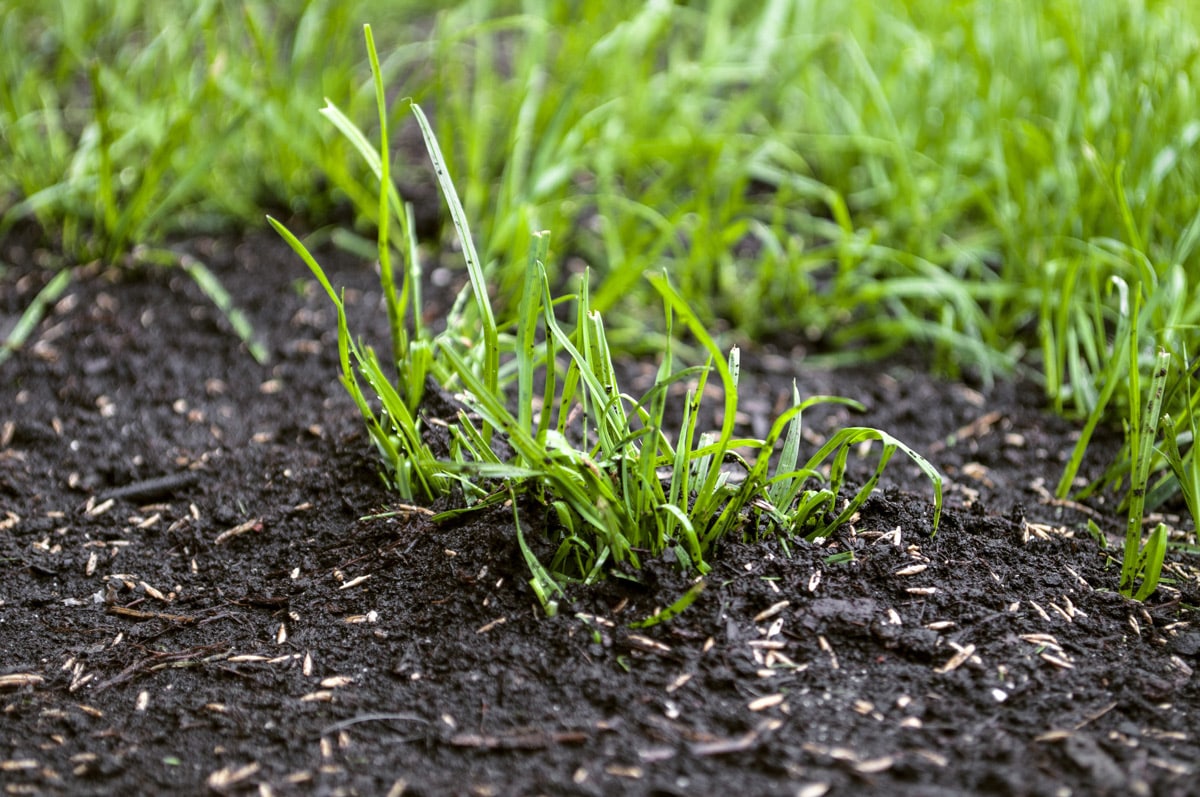

0 thoughts on “How Tall Does Orchard Grass Grow”